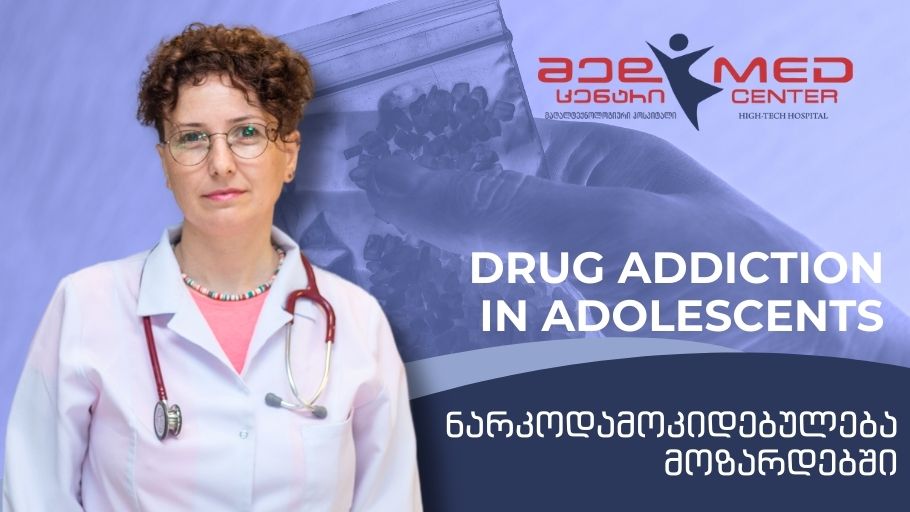Drug addiction in adolescents

At the moment, we do not have statistical data on adolescent drug addiction, although we have reasonable doubts about adolescents using drugs and psychostimulants.
– Adolescence is a stage of human development when a child enters adulthood and changes his psycho-emotional, hormonal, physiological and physical spheres.
– The period of adolescence is characterized by emotional fluctuations, and the teenager must adapt to himself and his environment. Priorities change, worries and
self-awareness. During this period, teenagers begin to experience cravings for bad habits.
Thus, they first begin to consume tobacco, and then risk trying marijuana and other psychostimulants (LSD, ecstasy, mephedrone, and others).
A teenager is at risk if:
1. He started smoking at an early age.
2. His parents drink alcohol, drugs or smoke.
3. He has a social trauma (divorced parents, deceased family member,
grew up without parents).
4. He is subjected to peer pressure.
5. He is prone to imitation (which is typical for children with hyperactivity disorder, who had no diagnosis and rehabilitation).
– A teenager’s belonging to a risk group does not mean that addiction or problems are inevitable. Understanding and prevention will help a teenager avoid acquiring bad habits, such as drug addiction.
– Parenting plays an important role in the prevention of drug addiction.
Prevention begins at an early age, from 7-8 years old, when parents communicate with the child about bad habits using the language available to him. The conversation with the parent should be constant.
– The growth and development of the child, as well as the parents, increase the amount of information provided about bad habits.
Examples from other countries are also useful in prevention.
– The Ministry of Education should be involved
in this process. But it is important to remember that the method of prohibition and intimidation is ineffective and can lead to depression in a teenager.
– If a teenager has learning problems, conflicts with teachers or peers, problems in the family, parents should be attentive and help him, without immediately assuming that the reason is drug addiction.
– In conclusion: awareness of the risks and factors influencing the occurrence of drug addiction in adolescents is the key to their prevention. It is important to create a supportive and vigilant environment in which parents, educational institutions and society at large can work together to prevent drug use among young people.
doctor: Irina Kokoladze





 ქართული
ქართული Русский
Русский